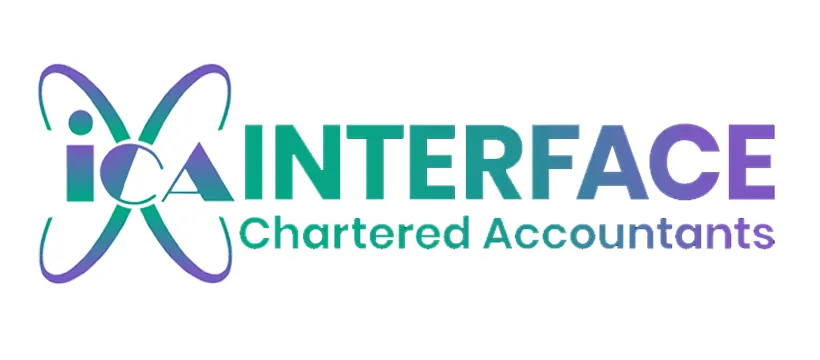In the intricate realm of business taxation, comprehending how to handle losses for tax relief is an indispensable skill. The UK tax system extends a helping hand to businesses, granting them the ability to claim loss reliefs against their profits, leading to a reduction in their corporation tax obligations. This comprehensive guide will delve deep into the subject of losses brought forward and impact on corporation tax, covering every facet from fundamental principles to the complexities of claiming relief.
Understanding Trading Losses
Trading losses come into play when a business’ allowable expenses surpass its revenue. These losses can be harnessed to secure tax relief via the corporation tax return which may result in a tangible reduction of the company’s overall tax liability.
Can You Offset Losses Against Trading Income in the UK?
It’s imperative to note that trading losses can solely be offset against allowable business expenses. For accounting periods concluding between 1 April 2020 and 31 March 2022 (tax years 2020/21 and 2021/22), companies can now carry back losses exceeding £2 million for a duration of up to three years, courtesy of a temporary extension. Subsequently, beginning from tax year 2022/23, the carry-back period will revert to one year.
Eligibility for Losses Relief
A wide spectrum of businesses, regardless of size or ownership by UK residents or international entities, can lay claim to relief against their total profits for either the current accounting period or the preceding 12 months. This inclusive scope encompasses both individual entities and groups of companies. Even if a business has ceased operations, it can still tap into trading loss relief via terminal loss relief.
Trading Losses Calculation
The computation of trading losses involves deducting allowable business expenses from the trading income. This category encompasses a broad array of expenditures, ranging from finance and marketing to staff and materials. The temporary extension allows for losses from specific periods to be carried back for up to three years, with distinct caps allocated to each year.
For example, losses incurred between 1 April 2020 and 31 March 2021 are capped at £2 million for that period, while the same separate cap applies to losses between 1 April 2021 and 31 March 2022. Group companies are also subject to this group cap of £2,000,000 for each relevant period.
Claiming Relief: Strategies and Options
Businesses wield a variety of avenues for claiming trading loss relief, each tailored to unique circumstances:
Current Year Relief: Suited for businesses with supplementary non-trading income. If you are looking for how to reduce corporation tax, this approach reduces corporation tax by offsetting trading losses against other income in the same fiscal year.
Carry-Back Relief: Empowers companies to offset trading losses against profits from the preceding 12-month period, furnishing flexibility in leveraging losses.
Carry-Forward Relief: Ideal for businesses projecting augmented tax liabilities due to heightened tax rates, this strategy involves carrying forward losses to avail relief at the elevated rate.
Group Relief: Businesses within a qualifying group structure can balance trading losses against profits of another group member.
Terminal Loss Relief: Companies ceasing trading can invoke terminal loss relief by retroactively carrying trading losses against total profits from the past three years.
Anti-Avoidance Rules: Special regulations deter group companies from exploiting deduction allowance or relief with the intention of disassociating from the group.
Leveraging Expertise: How Interface Accountants Can Guide You
The recent expansion of loss relief possibilities confers substantial advantages upon businesses grappling with financial exigencies. At Interface Accountants, our adept team of tax accountants is committed to aiding businesses in maneuvering the intricate landscape of corporation tax on losses. We furnish tailored counsel on optimal relief strategies, ensuring businesses maximize their potential tax savings while upholding regulatory compliance.
Conclusion
In the dynamic domain of business taxation, acquiring a comprehensive grasp of corporation tax and relief through losses brought forward is pivotal for astute financial management. By comprehending the nuances of trading losses, eligibility criteria, computations, and relief claiming tactics, businesses can optimize their tax positions while astutely steering their finances. With the expert guidance of firms like Interface Accountants, companies can confidently navigate the intricacies of loss relief, leveraging available opportunities to the fullest.
 Skip to content
Skip to content

